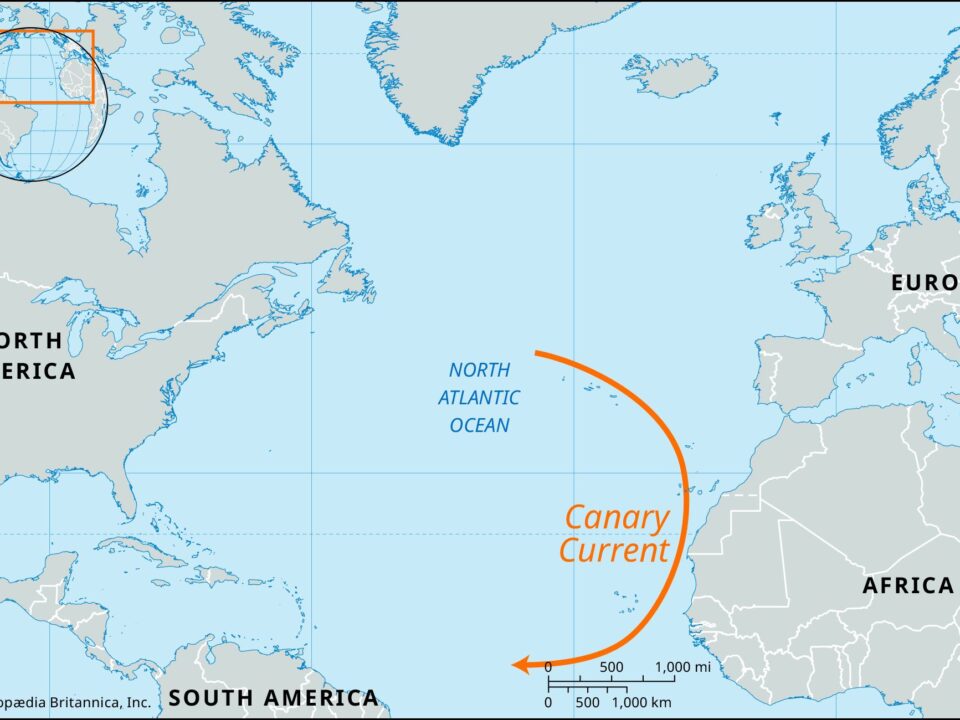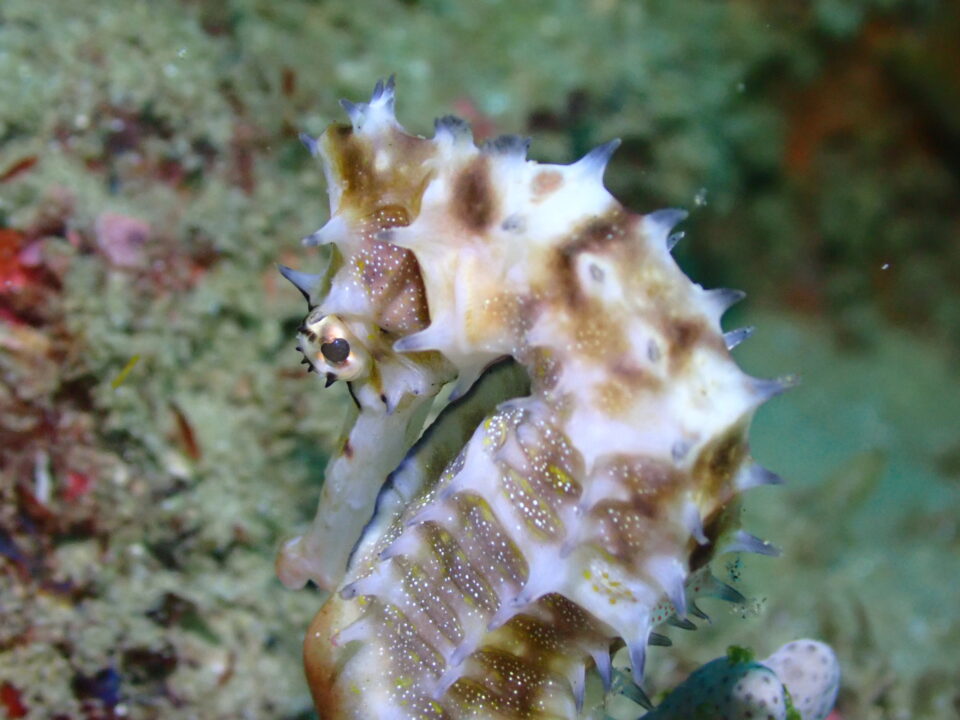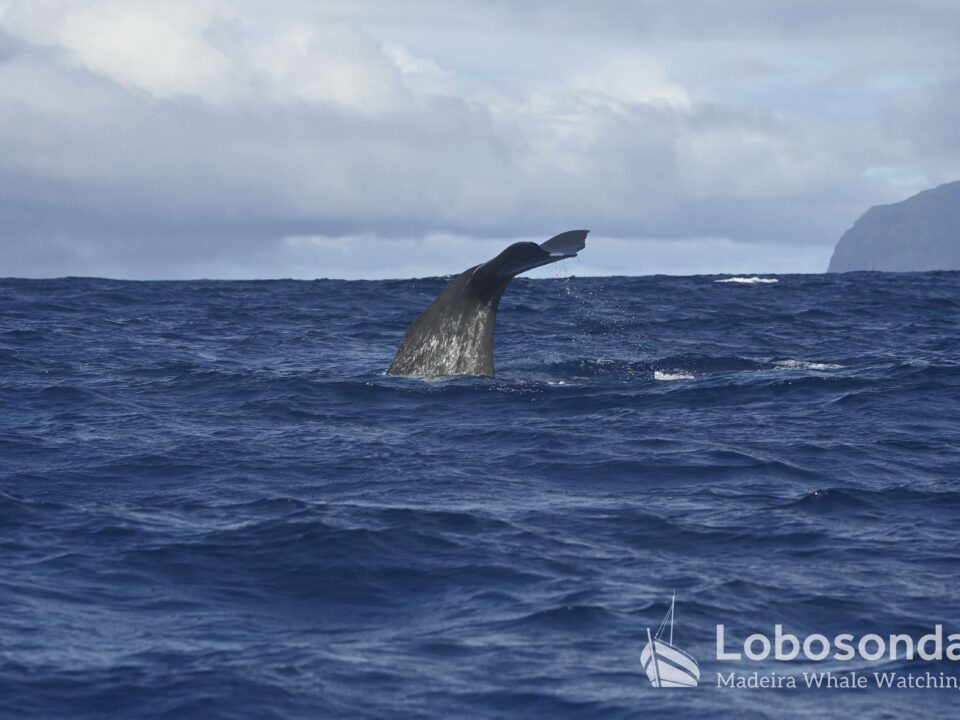
11.10.2017 – Happily associated
October 20, 2017
12.10.2017 – Abundance
October 22, 2017Nature is always ready to surprise our simple minded brains again. Some years ago it became evident, that bowhead whales (Balaenoptera mysticetus) are able to reach a high age. As far as scientists understand, those baleen whales, living in the cold northpolar ocean can get 200 years old. Provided, they don’t get killed by hunters or die because of other reasons, caused by humans. Two years agao, experts had a closer look at the genetic code of the whale methuselahs. They were keen to understand how those marine mammals managed to remain healthy also in their old age and not getting sick with for example cancer. Worldwide, the pharmaceutical industry is highly interested on these results, because of the developent of medicaments against deseases caused by old age.
Already in the nineties of the last century, there was an important indication on the extraordinary life span of bowhead whales. Namely, as wildlife biologist Craig George examinated (within the framework of the international whale comission, IWC) several dead whales. Killed from native inhabitants of Alaska and Canada during hunts, which happend every year. George was highly surprised when he found stone harpoons, which were grown into several whale’s flesh. However in the Arctic region, those kind of harpoons weren’t used anymore since the year 1860. So it seemed logical to him, that the dead whales must have reached an age far over 100 years.
Also other marine mammals as for example spermwhales and orcas reaches high ages. Female sperms live up to 80-100 years. Spermwhale expert Dr. Hal Whitehead calls them “sage”, meaning wise females. Those ones have a high experience of life and teaches their offsprings how to raise calves and show them furthermore important informations as for example where to find good feeding grounds. Orca females reach a similar high age. Eventhough their reproductive period ends at an age of around 45 years. It is the older and more experienced orca females, which are leading a school. According to whale researchers, those animals thus function as a living memory. As a storage of knowledge and archetype they are playing an important role for the survival of the whole group.
Another marine vertebrate, however no mammal, can get even older. If calculations are right, then greenland sharks, also called “sleeper shark” (Somniosus microcephalus) can reach ages of 400 years. Those, up to 5 meter long cartilaginous fish, moves very slowly and live in about 100 m depth. Because of its slowness, this shark species got its name “sleeper shark”.
And even this fantastic record of life span is excelled. By the bivalve mollusk shell Arctica islandica. Accidentally, british marine biologist discovered in 2006 – during investigations about climate changes in the artic – the probably oldest animal of the world: a 507 years old ocean quahog, also called Icelandic cyprine or black clam. The mollusc’s long life came to an abrupt end, when the researchers froze her onboard their ship. Later she was named Ming- after the chinese Ming dynasty, which was in power when the shell was “born”.
Yours Astrid Haas




